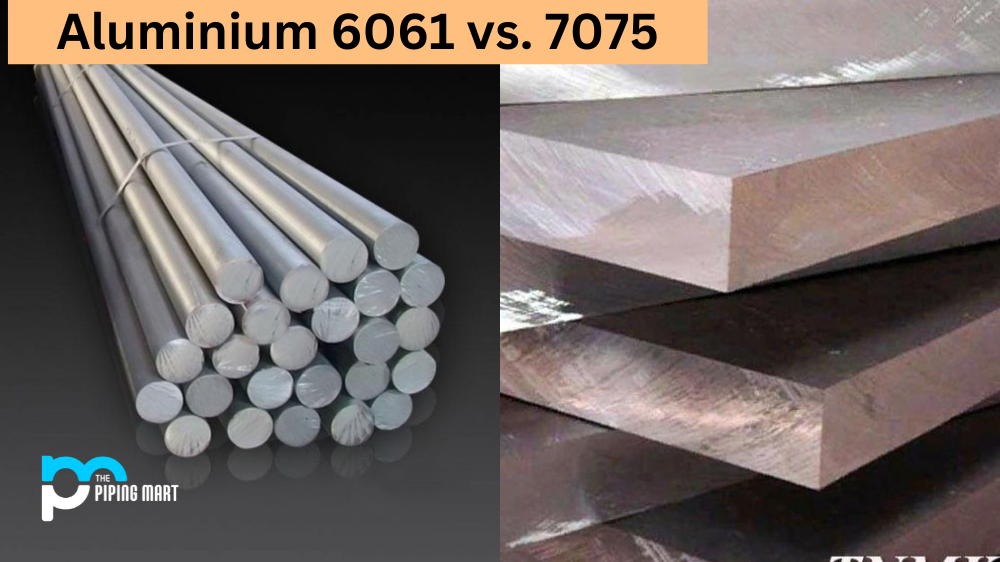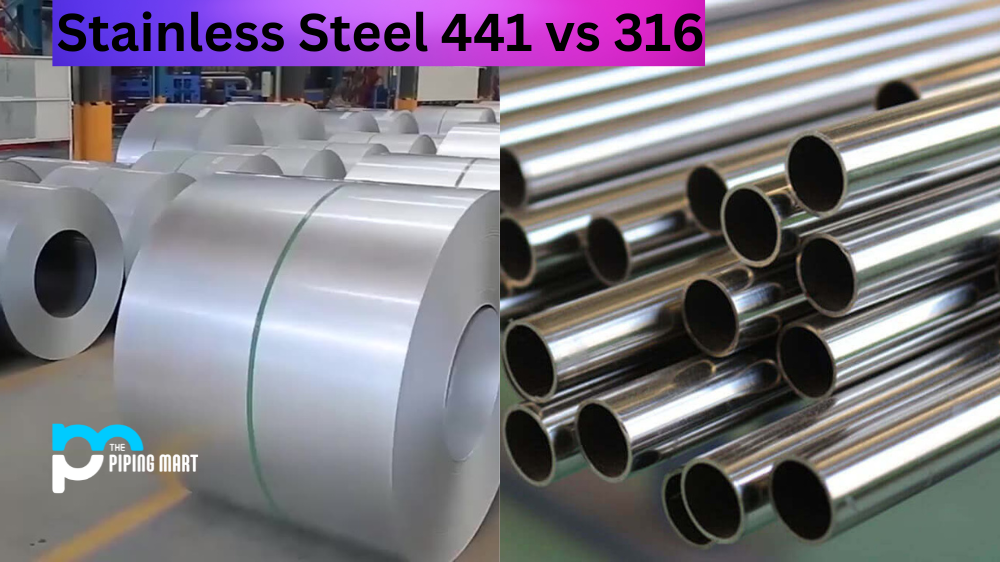Aluminium is a lightweight, corrosion-resistant metal that has a wide range of uses. Two popular varieties are aluminum 6061 and aluminium 7075, which have different properties and applications. Let’s take a closer look at the differences between these two alloys to help you determine which one is right for your needs.
Aluminium 6061
Aluminium 6061 is an alloy that contains magnesium and silicon as its main alloying elements. It is a highly versatile alloy that can be used in a wide range of applications. It has good weldability, corrosion resistance, and machinability. Additionally, it can be heat treated to increase its strength.
Aluminium 7075
Aluminium 7075 is an alloy that contains zinc and copper as its main alloying elements. It is a strong alloy that is often used in the aerospace industry. It has good weldability, but it is not as corrosion-resistant as aluminum 6061. Additionally, it can be heat treated to increase its strength.
Difference Between Aluminum 6061 and 7075
Strength vs Weight
One of the main differences between aluminum 6061 and 7075 is their strength-to-weight ratio. Aluminium 6061 is the more common of the two alloys, with a tensile strength of at least 290 MPa (42,000 psi) and a yield strength of at least 240 MPa (35,000 psi). It’s also lighter than 7075, weighing in at 2.7 g/cm³ (0.098 lb/in³). Its popularity comes from its ability to be easily formed, welded, machined, and anodised.
Aluminium 7075 has even greater strength than aluminum 6061 — its tensile strength is 514 MPa (74,000 psi) with a yield strength of at least 430 MPa (62,000 psi). However, this increased strength comes with an increased weight; it weighs in at 2.9 g/cm³ (0.106 lb/in³). This alloy is often used in aerospace applications due to its superior fatigue resistance; the addition of zinc gives it excellent ductility as well as corrosion resistance when exposed to saltwater environments.
Comparison of Properties
The two alloys have different properties that make them suitable for different applications. aluminum 6061 has good weldability and machinability, while aluminum 7075 has good weldability and high strength. Aluminum 6061 is more versatile and can be used in a wider range of applications, while aluminium 7075 is better suited for applications where high strength is required.
Corrosion Resistance
Aluminium 6061 has good corrosion resistance, while aluminium 7075 does not have as good corrosion resistance. This means that aluminium 6061 is more resistant to rust and other forms of corrosion, making it a better choice for applications where corrosion resistance is important.
Strength
Aluminium 7075 is stronger than aluminium 6061. This makes it a better choice for applications where high strength is required, such as in the aerospace industry. However, aluminium 6061 can be heat treated to increase its strength, making it suitable for some high-strength applications.
Machinability
Aluminium 6061 is more machinable than aluminium 7075. This means that it is easier to cut, drill, or machine aluminium 6061 than aluminium 7075. This makes aluminium 6061 a better choice for applications where machining is required.
Weldability
Aluminium 6061 and aluminium 7075 both have good weldability. This means that they can be easily joined together using welding techniques. However, aluminium 7075 may require pre-heating before welding to prevent cracking.
Other Differences Between Aluminium Alloys
In addition to their differing strengths and weights, there are some other notable differences between these two alloys — namely, price and machinability. Aluminium 6061 tends to be more affordable than aluminium 7075 because it’s easier to work with thanks to its lower hardness levels; however, it’s still strong enough for most applications that don’t require extreme precision or high levels of fatigue resistance. Aluminium 7075 is harder to machine due to its higher hardness levels but offers superior fatigue resistance, ideal for aerospace applications where precision parts must withstand extreme force without breaking down over time.
Conclusion:
In summary, both aluminium 6061 and 7075 offer unique benefits depending on your application needs — such as cost savings or superior fatigue resistance — so make sure you choose the right alloy for your project! The decision will depend on what kind of strength you need versus how much weight you can afford as well as what kind of budget you have available for machining costs if necessary. Whichever alloy you choose will ultimately come down to your specific application requirements. With careful consideration of each option’s benefits and drawbacks, you can ensure that you’re getting the best material for your project’s goals!
Sakshee is a talented blogger, with a particular focus on the Business and Metal Industry. She is passionate about sharing her insights on various metal products and helping professionals to make a better decisions.




